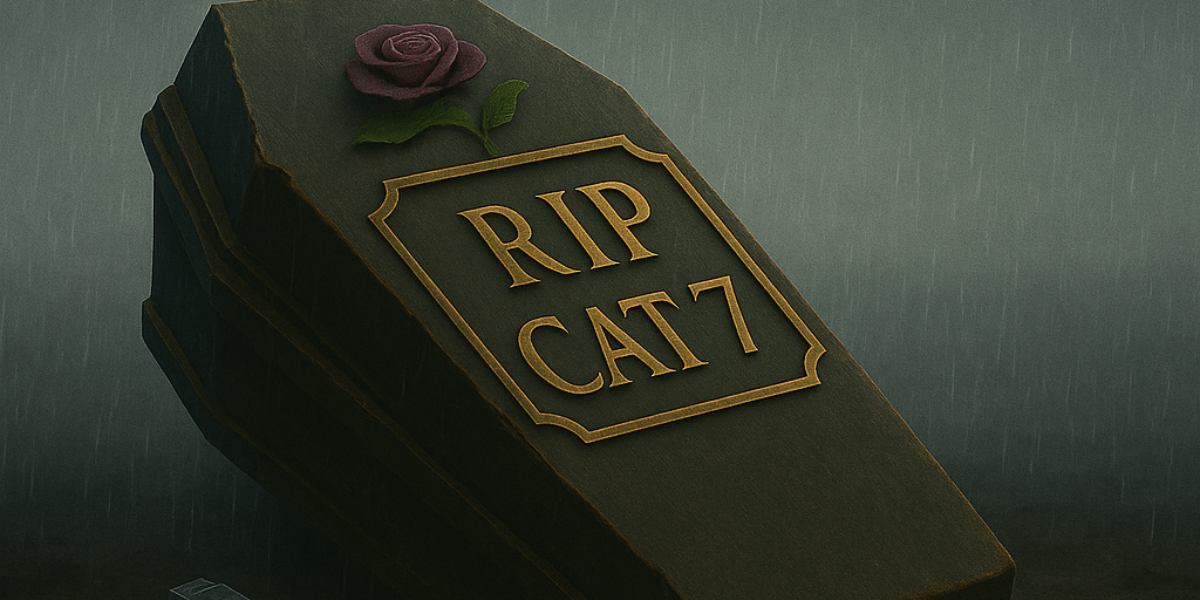Blog
In the ever-evolving world of networking, Ethernet cabling standards have come a long way. From humble beginnings of Cat 5 to the latest Cat 8, each new Category promises faster speeds and better shielding. However, along this evolutionary path, Cat 7 emerged, boasting of superior shielding with speeds up to 10 Gbps over 100 metres.
At a glance, Cat 7 seemed like the obvious upgrade over Cat 6a due to it having improved shielding, higher frequency of 600Mhz and future-ready bandwidth. It became particularly attractive in environments with a lot of interference: industrial settings, data centres, and high-density networks.
So... what happened to Cat 7? Within this blog, we explore the main reasons as to what really happened to Cat 7.
Not TIA/EIA Approved
Despite the fact upon its release, Cat 7 was technically the only standards-based cabling system capable of supporting 10GBASE-T, it was never officially approved by TIA/EIA. This meant it didn't meet the same recognition or industry acceptance as other Categories such as, Cat 5e, Cat 6, or Cat 6a. It remained mostly a European ISO/IEC standard (11801), limiting its global reach.
Connector Confusion
Another major issue was its use of GG45 or TERA connectors instead of the industry-standard RJ45. These connectors are not only more expensive, but also incompatible with most consumer and enterprise network devices. That meant upgrading to Cat 7 often required replacing more than just the cables - hardware would also need to support the proprietary connectors, making the switch both costly and impractical.
Skipped in Favour of Cat 6a
Following from the above, the cost and complexity worked against it. Cat 7 cables are heavily shielded, with each twisted pair individually foil-shielded plus an overall braided screen (S/FTP). While this improves performance, it also drives up the cost and makes it more expensive.
While Cat 6a on the other hand, was a much more affordable and compatible solution, especially when it comes to 10 Gbps networking. For most users, Cat 6a was "more than good enough" and thus becoming the default choice for commercial and even high-end residential installations.
The Last Straw - Cat 8
This was the final straw. By the time there was a real demand for its speeds, Cat8 had already entered the market. While both offer similar data rates, Cat8 supports frequencies up to 2,000 MHz and aligns with modern IEEE standards. This makes Cat8 a more attractive option for applications that might have otherwise considered Cat7.
In essence, Cat 7 arrived at an inconvenient time and didn't really stand a chance. As a result, many networks transitioned directly from Cat 6 to Cat 6A, then moved on to Cat 8-effectively bypassing Cat 7.
At Comfinity, we provide a full range of data cabling services, including Cat 6a and Cat 8. If you would like to know more, please contact us.
Add a comment:
Get in Touch
Want to know what we can do for you? Please use this form to contact our team.






